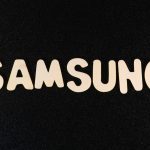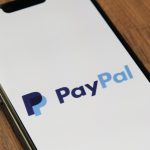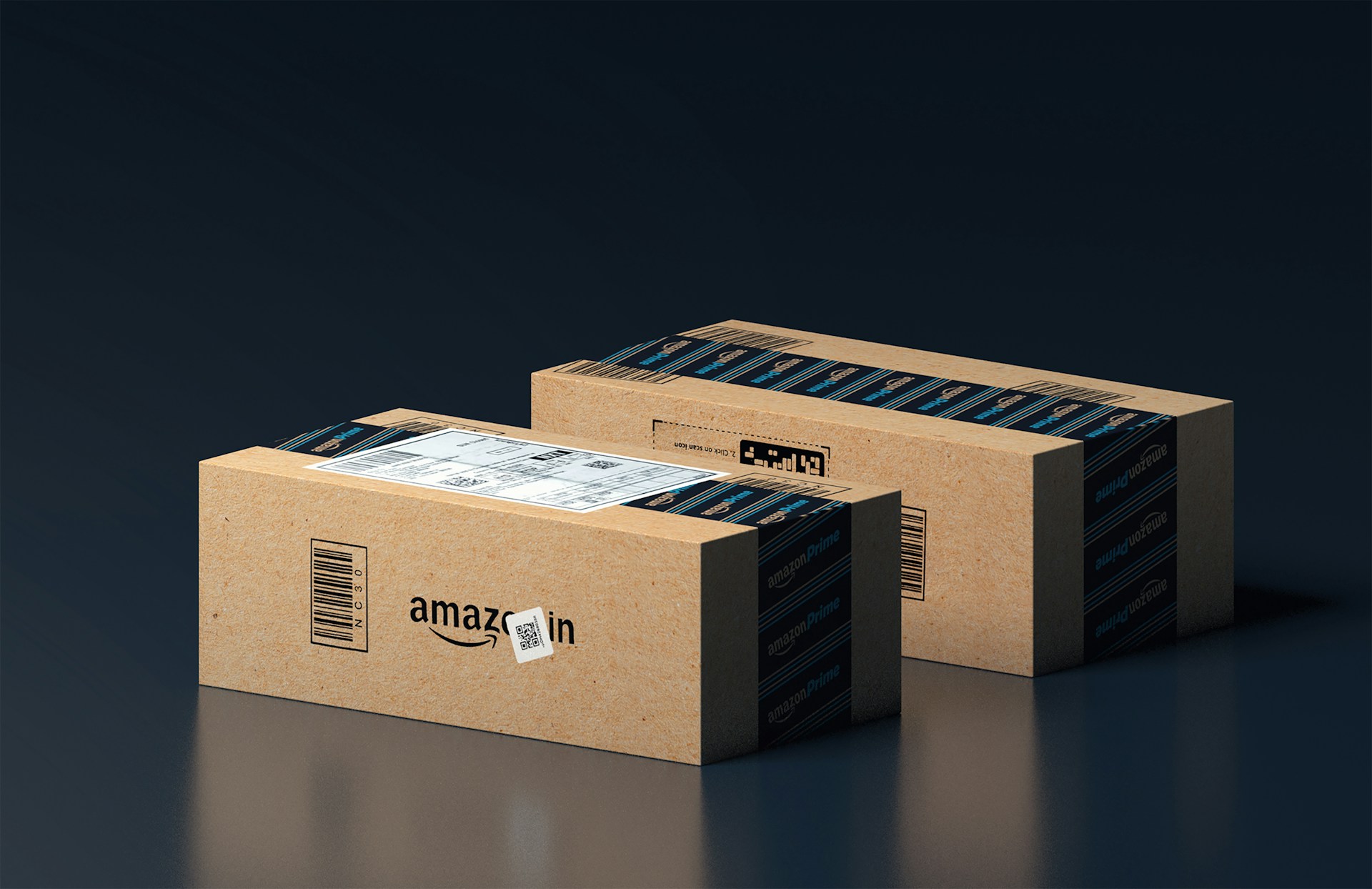Amazon recently made headlines by canceling its planned acquisition of iRobot, a smart vacuum manufacturer. The decision to terminate the $1.7 billion deal, which was initially announced on August 4, 2022, was portrayed as a mutual agreement between Amazon and iRobot. Both companies expressed disappointment in separate statements, citing regulatory hurdles as a significant factor.
It was reported that the European Union had intentions to block the acquisition on competition grounds, leading to the decision to scuttle the deal. David Zapolsky, Amazon’s Senior Vice President and General Counsel, criticized the regulatory obstacles, stating that such hurdles discourage entrepreneurs and hinder both consumers and healthy competition.
Following the termination of the deal, iRobot faced a substantial setback, leading to the announcement of job cuts and a restructuring plan. The company witnessed a decline in sales, and the restructuring initiative aimed to eliminate 31% of its staff, resulting in 350 job cuts. Unsurprisingly, this news had a negative impact on iRobot’s stock value.
In addition to the iRobot deal fallout, January 29 marked the introduction of advertisements into the Amazon Prime Video experience. Amazon, in an email, justified this move by stating that the inclusion of ads would enable them to continue investing in compelling content over an extended period. While assuring Prime members that the subscription price would remain unchanged, Amazon introduced an ad-free subscription option for an additional $2.99 per month.
This decision faced criticism from customers who were accustomed to an ad-free streaming experience. Despite the backlash, analysts predict a substantial revenue stream from Prime Video ads. Morgan Stanley estimates that Prime Video ads will generate $3.3 billion in revenue worldwide in 2024, with projections of $5.2 billion in 2025 and $7.1 billion in 2026.
Contrary to Morgan Stanley’s optimism, analysts at MoffettNathanson offer a more conservative estimate, pegging Prime Video ad revenue at $1.3 billion in 2024, rising to $2.3 billion in the following year. The firm, however, emphasizes that Amazon could attract an additional $500 million annually in 2024 and 2025 from Prime members opting for the ad-free subscription to avoid advertisements.
This strategic move by Amazon comes on the heels of a Prime subscription price hike in May, with the monthly cost increasing from $6.99 to $9.99. Amazon justified this price adjustment by emphasizing the expansion of Prime member benefits, a move that aligns with the company’s commitment to delivering enhanced value through its subscription services.
 Boeing and NASA Press Ahead with Historic Crewed Launch of New Spacecraft
Boeing and NASA Press Ahead with Historic Crewed Launch of New Spacecraft  Gold Prices Show Little Movement Amid Global Uncertainties
Gold Prices Show Little Movement Amid Global Uncertainties  Sony Launches Internal Investigation After New PS5 Pro Leaks, Known by the Codename Trinity
Sony Launches Internal Investigation After New PS5 Pro Leaks, Known by the Codename Trinity  Sundar Pichai Apologizes for Gemini AI Errors: They are Unacceptable
Sundar Pichai Apologizes for Gemini AI Errors: They are Unacceptable  IHG Plans to Distribute More Than $1 Billion to Shareholders Following Exceptional 2023
IHG Plans to Distribute More Than $1 Billion to Shareholders Following Exceptional 2023  Samsung Chief Exonerated in a Shocking Legal Twist on Financial Crime Charges
Samsung Chief Exonerated in a Shocking Legal Twist on Financial Crime Charges  S&P 500 Futures Signal Impending Record-Breaking Session
S&P 500 Futures Signal Impending Record-Breaking Session  Apple’s Vision Pro Battery Pack Unveils the Ultimate Evolution of Lightning Cables
Apple’s Vision Pro Battery Pack Unveils the Ultimate Evolution of Lightning Cables  Bay Area Tech Leader PayPal Reveals Significant Workforce Reduction, One Year After Previous Layoffs
Bay Area Tech Leader PayPal Reveals Significant Workforce Reduction, One Year After Previous Layoffs 